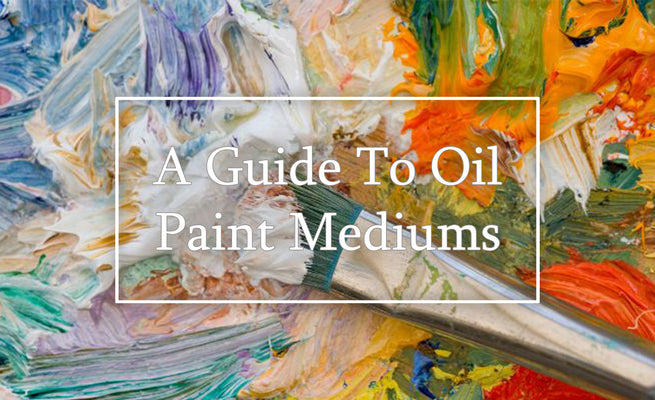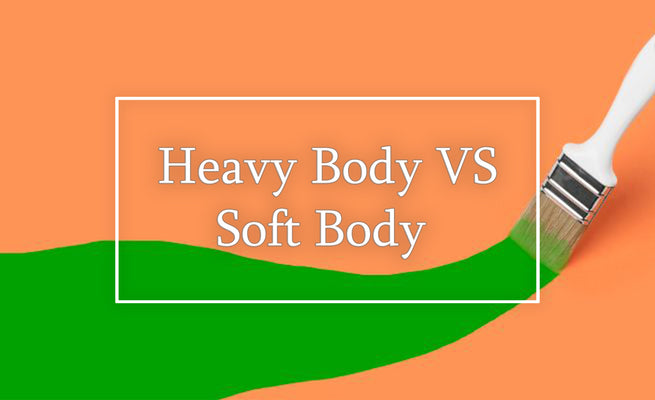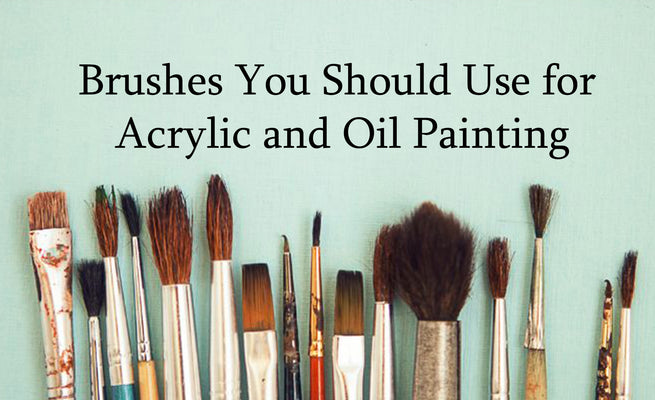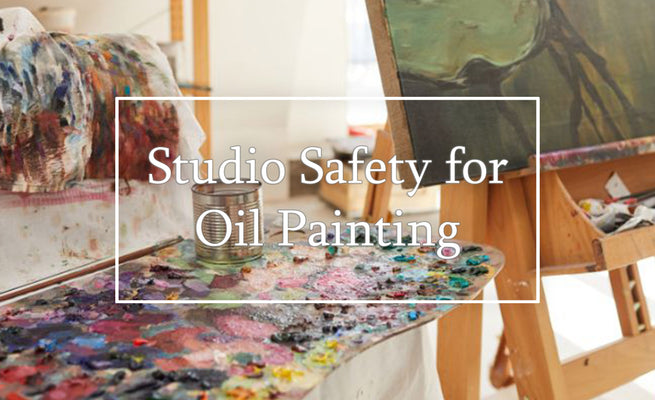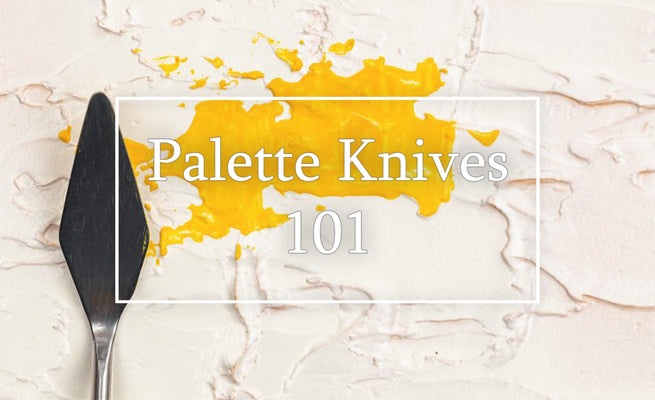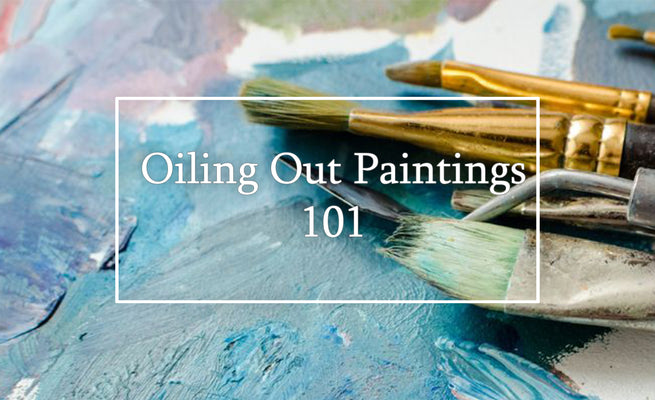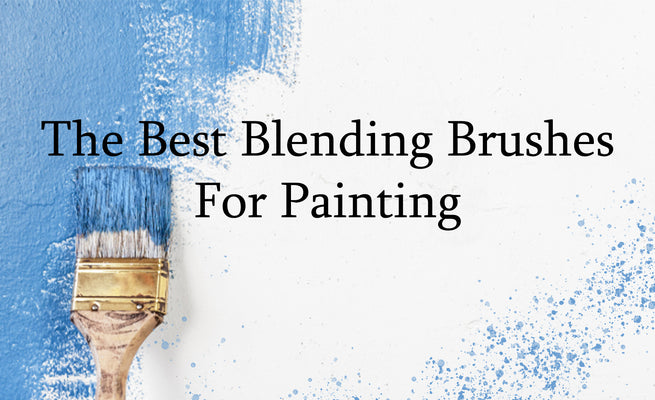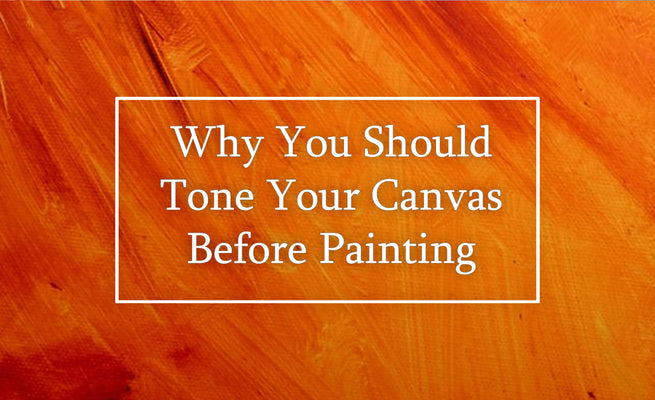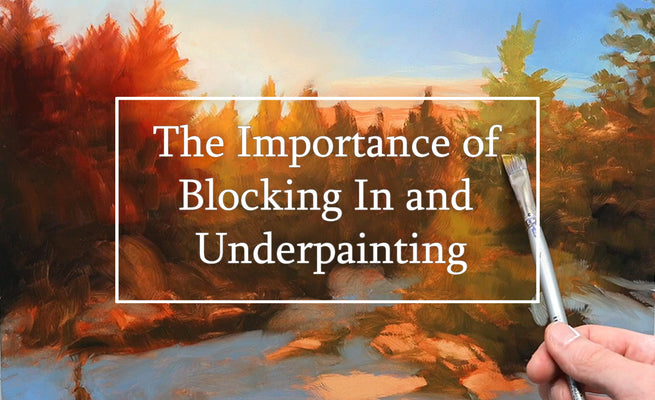This is now the third painting where I've used primarily a CMYK (cyan, magenta, yellow, black) palette. The exception to this is I'm incorporating two yellows (yellow deep and yellow lemon) as well as cadmium orange. This recent adjustment, which made my palette more limited, has had my work see some very positive improvements.

Transitioning to Oils: A New Journey
In fact, I've been so pleased with my last three paintings that I want to focus today's journal entry primarily on color.
To preface this, let's back up to about 2019 before I made the full transition to oils. At this time, I was painting oils over acrylics, where oil was used as a final layer to finish the paintings. I used more layering and less oils, to sum it up. This was a time I was very satisfied with my results. My curiosity to make the switch fully over to oils outweighed the contentedness I had in my work, however. So, I transitioned to oils using Gamblin Artist colors.
As with anything new, there always comes a learning curve. The aesthetic quality of my paintings changed a bit during this time as I pushed through the challenges of having to adjust my techniques.
The Challenge of Finding True-to-Life Color
As I became more comfortable, I felt that my work improved and was catching back up to where it used to be. There was one thing that I began to notice, though. I felt as if some of the scenes that I would put together would fall short of my expectations. It seemed as if my work tended to look flat or perhaps lacking true-to-life color.
Oil colors tend to have a higher pigment load or chroma than most acrylics I've used. However, I began to use less layering and more mixing when I made the switch. I assume that my acrylic work retained more vividness in the color because I would glaze until I was satisfied. I thought that maybe my color-mixing abilities needed to be honed, and so that's what I focused on for quite some time. After a while, it feels like I was not making significant progress. I began to question my materials.

Experimenting with New Materials
I looked at the top-tier oil paint brands, and after a lot of research and consideration, I settled on Michael Harding oils for their high pigment load and creamy consistency. I had read about how the highest quality oil paints will have a color saturation and brightness that is levels beyond mid-grade paints, and wow, was that ever true.
The first thing I did was squeeze out all my colors to compare them to the Gamblins, and although I've always loved Gamblin, the new colors had so much more life and vibrancy to them. It was especially noticeable in the cadmium colors. I remember thinking to myself, this is it. I've solved the last piece of the puzzle for me. Once again, the new paints kicked my butt. The consistency, the chroma, pigment load, the difference in coverage ability—all of these things led to what felt like a new painting experience, and I had to relearn many things once again.
After a few months, I began to gain control and the quality of my work started to catch up again. Now we enter what my work has been for the past several years.

Rethinking Color Choices
There have been two patterns that I've come to notice in these recent years. The first is that some of my work has turned out to be too saturated for my liking, and the second thing is that, at the same time, certain areas have appeared to be more dull or drab. This is a strange problem to have, that for a long time, I couldn't quite put my finger on.
One thing seemed clear, however, and that was that it had to be related to color. For the longest time, I tried experimenting with different or unusual color choices available. I purchased a lot of colors that I was unfamiliar with to see if anything would click or help me in my pursuit of improving my work. No matter what I tried, though, nothing seemed to really solve my issues.
What's funny is that we never seem to question the obvious challenge we've been trained to accept. For colors, we always assumed that the essentials included red, yellow, and blue for just about anything I was going to paint. This led me never to question those.
In recent months, however, my work has involved the use of printers a lot more, and I don't know why, but at one point, I caught myself staring at the ink cartridges while changing one of them out in my own. Of course, I typically have most of the colors the printer uses, but the printers never have one that I use, and that's red.

Discovering the Impact of Red
I began to look around more while outside and around the subjects I portray. The more I thought about it, the more I realized that outside of perhaps flowers or certain birds, the color red didn't exist anywhere. Even the most glorious sunsets do not exhibit red but rather show hues of magenta. The more I thought about it, the more I realized that red kills just about anything it touches. After all, mix red with blue, and you get black or close to it. But mix magenta with blue, and you get a purple or violet filled with life.
To add to that, the new paints that I switched to were also much more potent, as I mentioned, so this color now had an even greater ability to affect the other colors that it mixed with. Because red can be considered a primary, I used it for almost anything, and it really was most likely found on every inch of my paintings.
Could I just forget about red and leave it out entirely without affecting how I work? I figured I would try and see what happened if I did.
To my surprise, the results I thought were very positive. The finished results seemed brighter and full of life. As I stated, it's been a few paintings now, and my work no longer seems as dark and as flat as it was. In addition, I struggle less to achieve my desired color mixtures, and I would say that overall, it's a more enjoyable process for me. I believe that switching to an oil-based primer has also helped with some of this, but after a number of tests, it appears that most of the improvements have been due to the change in my color palette.
I've tried to see how far I could take this by limiting my palette elsewhere, but I believe I've narrowed it down to a nice balance. Keeping cad orange is a necessity for me, as when mixed with magenta, I can get pretty close to the red I was using.
The success of this has got me to look at my blues as well. Like my preference for using two yellows, one bright and one darker, I started to experiment with using cobalt blue lake, which I believe is essentially a cobalt turquoise/teal. This so far has also been a nice change and I think helps with keeping my lighter blue mixtures brighter and more lively.

Final Thoughts
It's hard to challenge what you're used to and the materials that you're comfortable with. Although, over the many years of doing this, my only breakthroughs have come when trying something new. I think this illustrates the importance of constant experimentation and the value of things like plein air and studies. Like anything, practice is required for improvement, and this is when we, as painters, can allow ourselves the room for testing out new materials and methods. This has been a great reminder of that.


